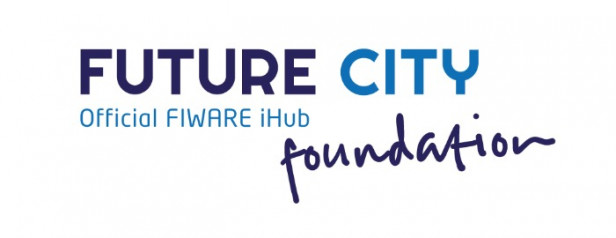The third online get-together by FCF is Thursday, 2 April at 3 PM (CET). This weeks guest speaker is Valerio Panzica La Manna of the R&D and innovation hub imec, on how real-time air quality monitoring leads to better decision making in a city. Join our weekly event and meet smart city enthusiasts from all over the world. Participation is free, all you need to do is bring your own drink and snack and you will be good to go.
Future City & imec





